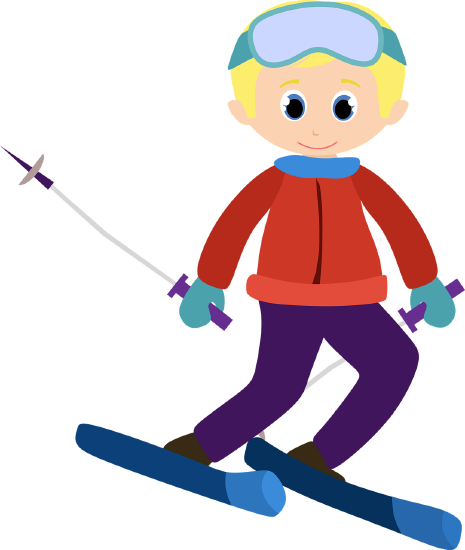4.2: El verbo "ir"
- Page ID
- 74932
The verb "ir"
Conjugation
| Subject pronoun | Conjugation |
|---|---|
| yo | voy |
| tú | vas |
| Ud., él, ella | va |
| nosotros, nosotras | vamos |
| vosotros, vosotras | vais |
| Uds., ellos, ellas | van |
Observations
- The verb "ir" is irregular in all the forms.
- Conjugations do not have accent marks.
- Often used with the preposition "a" (to). If followed by the definite article "el", they combine to form the contraction "al".
Examples:
Los estudiantes van "a" la biblioteca a estudiar.
Nosotros vamos "al" estadio a ver el partido de básquetbol.
Uses
The construction "ir + a + [article + noun]" is used to talk about the present. It refers to something that usually happens or to something happening at a specific time.
Examples:
La chica va a la clase los lunes. (The girl goes to class on Mondays.)
La chica va a la clase en este momento. (The girl is going to class right now.)
The construction "ir + a + [infinitive]" is used to talk about actions that are going to happen in the near future.
Examples:
Voy a esquiar este fin de semana con mis amigos. (I'm going skiing this weekend with my friends.)
¿Vais a ir de excursión el sábado? (Are you going on a hike on Saturday?)
In the nosotros form, "vamos + a + [infinitive]" can also express the idea of "let's" (do something).
Examples:
¡Vamos a ver una película! (Let's watch a movie!)
¡Vamos a comer en el centro! (Let's eat downtown!)
(In the examples above, all the constructions used with "ir" are in bold.)

"Alpine" by Adnan Syed, Pixabay is licensed under CCO 1.0

"Mountain climbing" by deMysticWay, Pixabay is licensed under CCO 1.0



